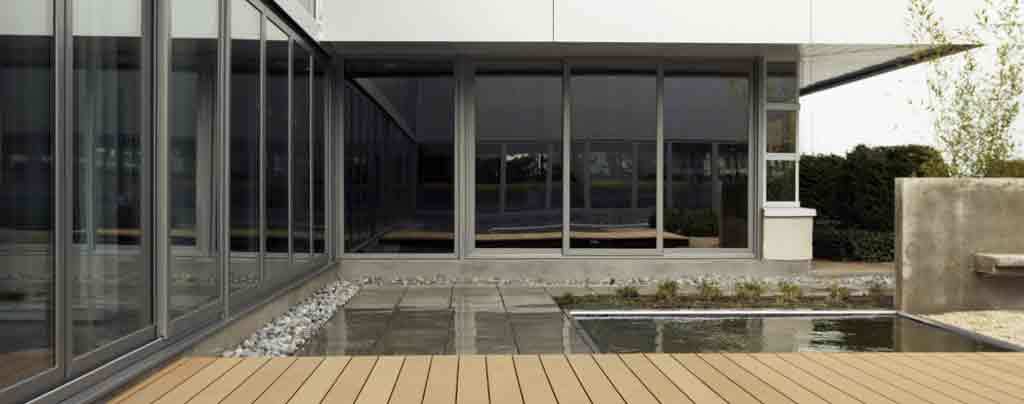All Categories
Featured
Table of Contents
How Does Double Glazing Keep Heat Out? in Butler Perth
Laminated glass is typically utilized in areas in the house most prone to injury from human effect such as restrooms, doors, around staircases and in areas close to the flooring (it satisfies the requirements of 'safety glass' that is mandated for usage in these areas by Australian Standard AS 1288 Glass in buildings).
Toughened glass has been 'tempered' by being reheated and quickly cooled once again. This process makes it much stronger than standard glass it can resist higher impact loads before breaking. It also makes it much safer because, when it does shatter, it burglarizes numerous little cubic pieces rather than harmful fragments.
Why Does Double Glazing Help To Keep Us Cool In Summer? in Beaconsfield Perth
Nevertheless, toughened glass has no thermal or acoustic advantages over other glass of the exact same toning or density. Secondary glazing is where single-glazed windows are retrofitted with a transparent acrylic or glass sheet attached to the inside of the frame or openable sash with a secondary frame or with magnetic strips.

Secondary glazing will not carry out too thermally as a manufactured IGU, considering that it is difficult to absolutely seal the perimeter, however it can provide great noise control. Window films are a thin polymer movie including a taking in dye or reflective metal layer, with an adhesive backing. They adhere to your glazing to change its colour or make it reflective.
Double Glazing Vs Triple Glazing: Which Should You Choose in Woodvale Perth
Applied to existing glass, some window movies can halve the total SHGC of the window by taking in and/or showing solar radiation. This can be particularly helpful in hotter climates where cooling is the main issue, or on east and west elevations directly exposed to extended periods of sunshine. However, window movies might also minimize noticeable light transmittance.

For this factor, it is generally best to utilize a certified installer of window film. Frames have a substantial effect on the thermal efficiency of windows and doors, because energy can be gained and lost through the frame, in addition to through the glass. Different types of frame will enable various levels of heat gain and loss, so cautious option of frame is very important for efficient passive style.
Double Glazing Windows - The Best Installers In The Uk ... in Ballajura Perth
Nevertheless, aluminium is likewise a great conductor of heat and will decrease the insulating value of a glazing system, unless specifically crafted to decrease this. A 'thermally broken' frame is made up of 2 aluminium areas linked by a structural insulator (normally a low-conductivity structural polymer). This 'breaks' the thermal connection through the aluminium and reduces the heat flowing through the frame.
Lumber frames are an excellent natural insulator that can fit some home designs. Lumber frames need to be made from species that have naturally high toughness or be dealt with to prevent decay and deformation.
Double Glazing in Alfred Cove Perth
This can result in spaces that allow air infiltration unless excellent draught sealing (weather stripping) is installed. u, PVC is a kind of plastic (unplasticised polyvinyl chloride, also understood as rigid PVC). u, PVC frames offer excellent thermal efficiency, typically better than lumber or thermally damaged aluminium. u, PVC is long enduring and needs really little upkeep, and can be moulded into complex profiles that offer excellent air seals.
u, PVC windows and doors have excellent thermal performance Photo: Ben Wrigley (Light Home Architecture and Science) Composite frames utilize aluminium profiles on the external sections with either a timber or u, PVC inner area. These integrate the low maintenance and toughness of aluminium with much enhanced thermal efficiency.
Latest Posts
Window Glazing For Households - Energy in Myaree WA
Why You Need Secondary Glazing In The Summer in Madeley WA
Secondary Glazing: Is It Worth It? in Applecross Perth